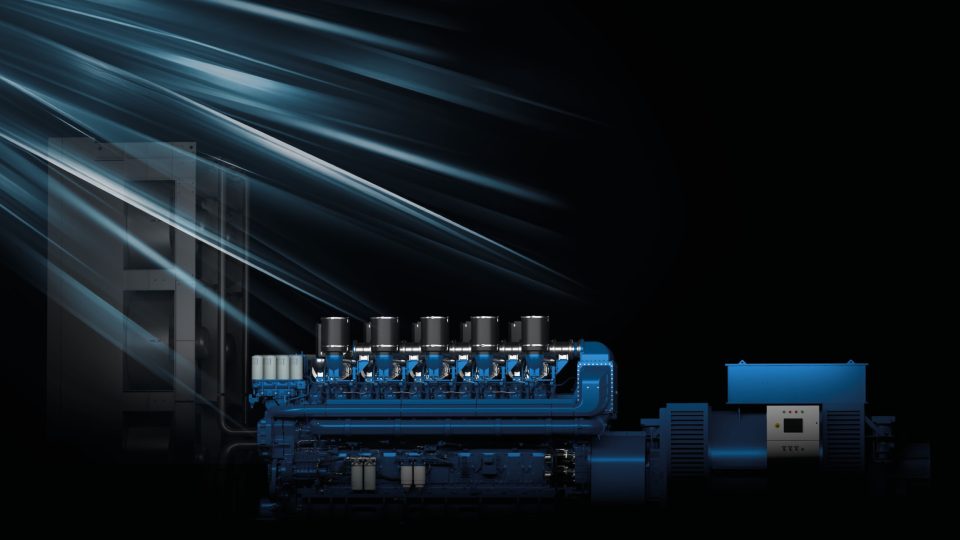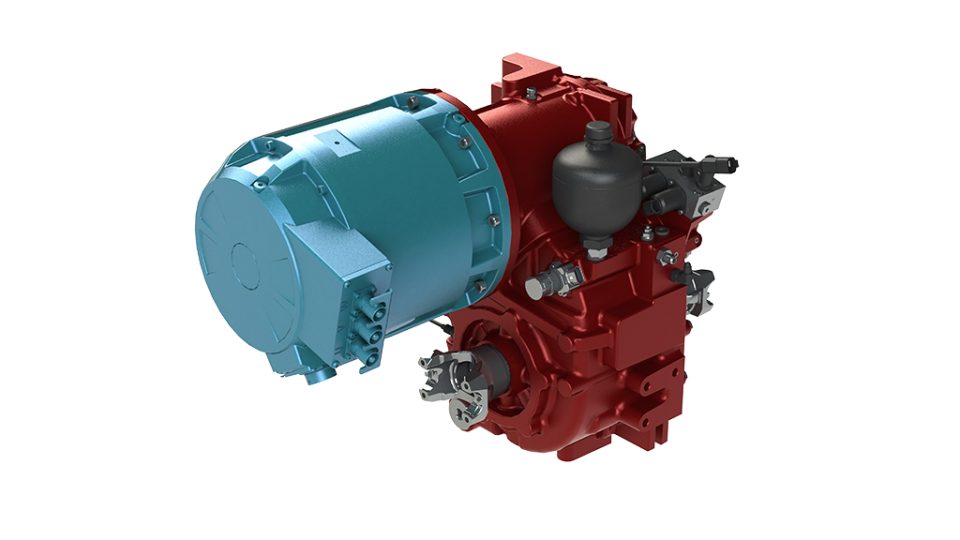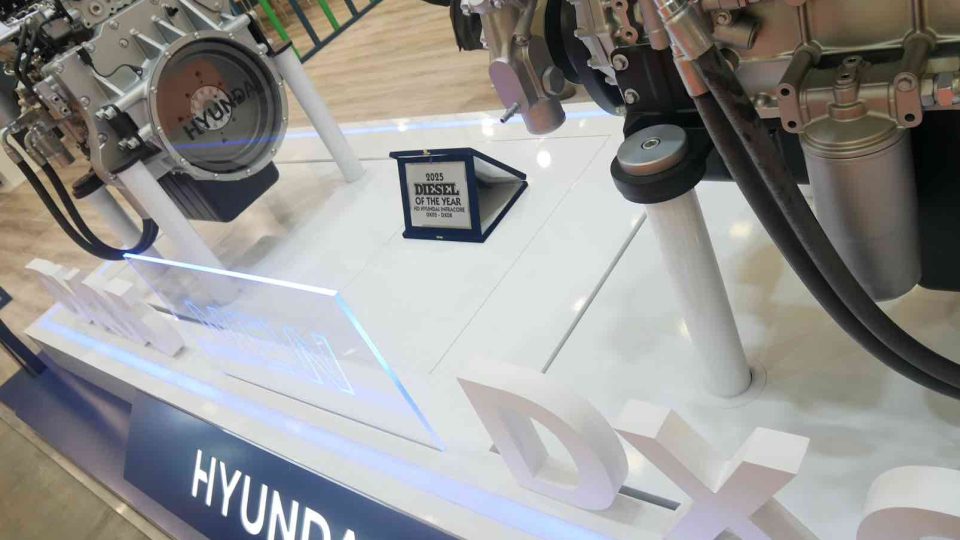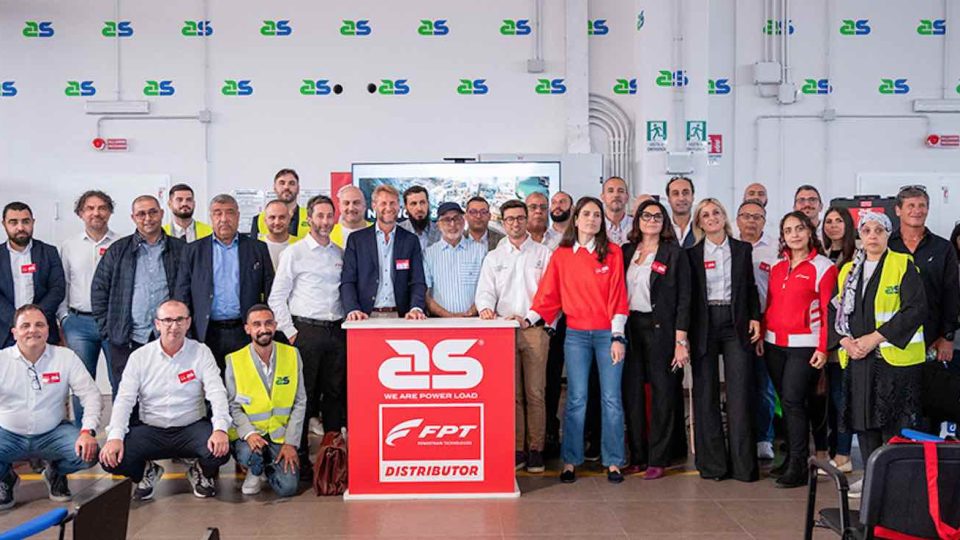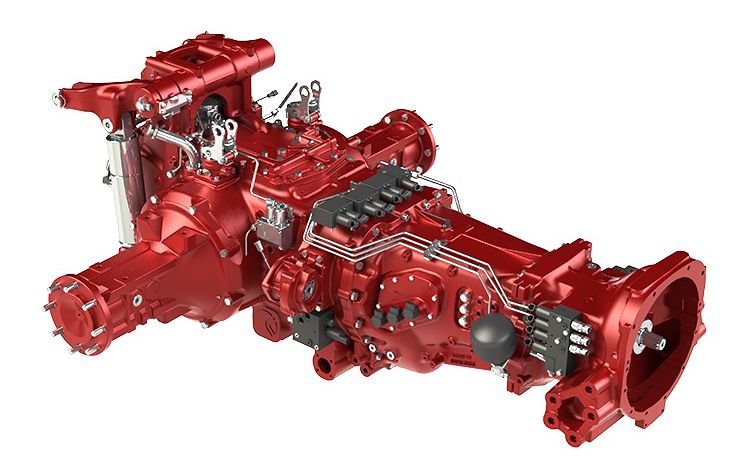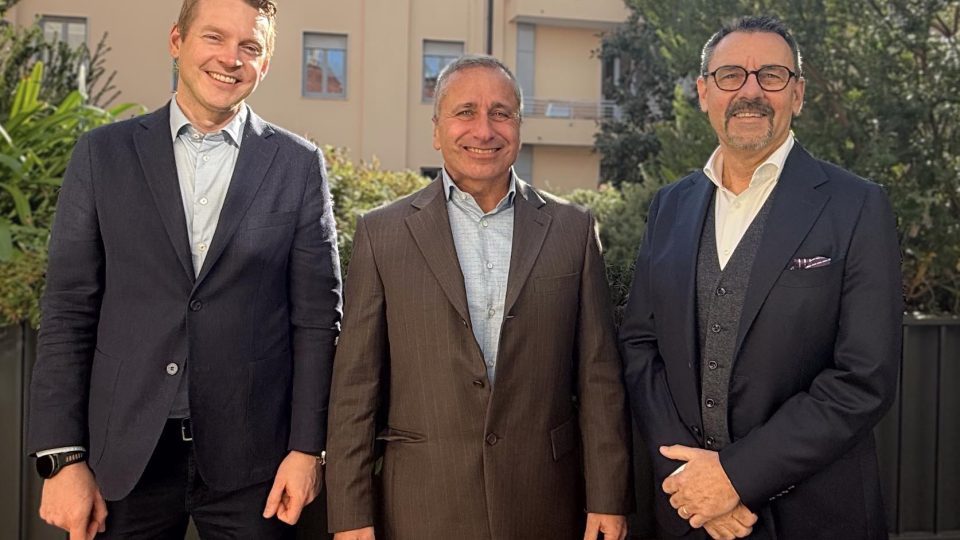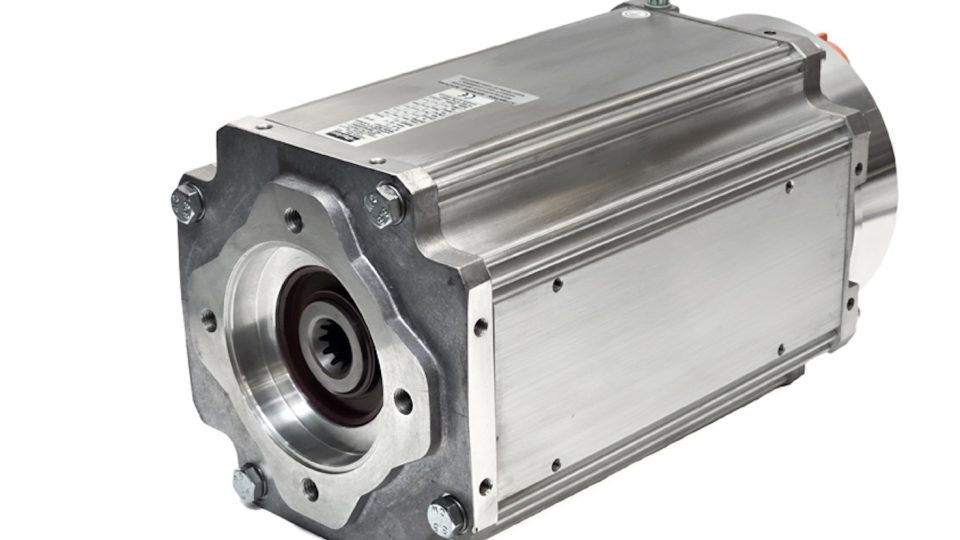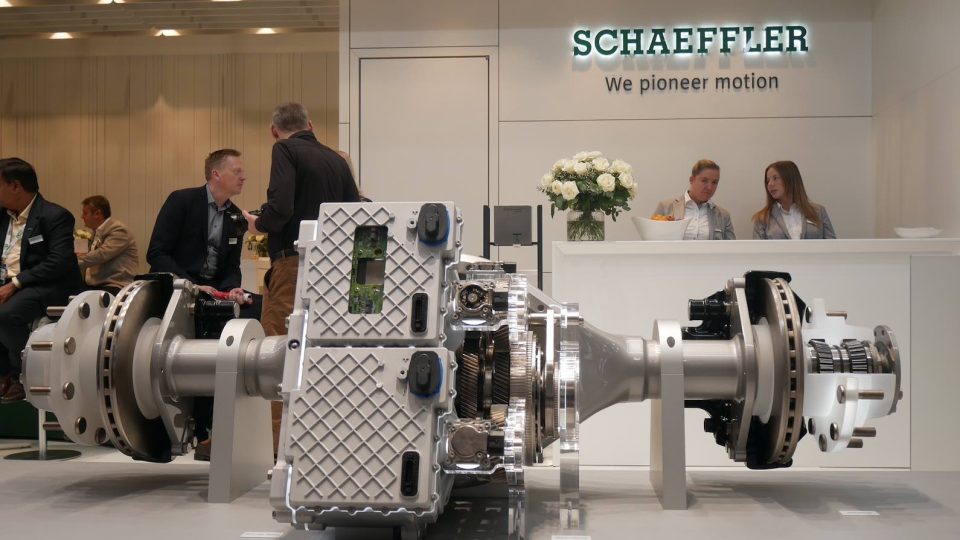The Johnson Matthey point of view
Johnson Matthey confirmed during Non-Road Powertrain & Fuels Europe 2025 that there is not a single-technology journey but a shared responsibility to meet climate goals
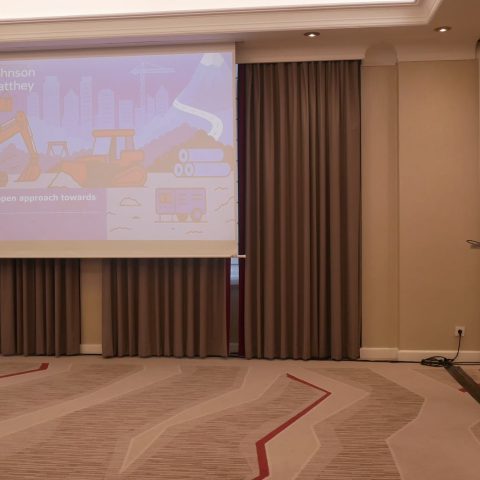
Johnson Matthey also attended the NON-ROAD Powertrain & Fuels Europe conference in Munich. The British company provided a wide-ranging view, starting from the most established and affluent application—the passenger car—to dive into the details of industrial mobile applications.
Emission Analytics and Johnson Matthey
The Non-Road Mobile Machinery sector is confronting its own highly complex energy transition, according to a recent presentation at the Emissions Analytics conference. Data presented by Johnson Matthey emphasized that, unlike the passenger car market’s push towards BEV-only, the sheer diversity of NRMM applications—ranging from low-energy daily use to high-energy 24-hour mining operations—requires a “technology-open” approach.
The urgency for change is clear: off-road equipment is currently responsible for 108 million tonnes of CO2 equivalent per year, representing 3.1% of the EU’s total climate emissions. Furthermore, NRMM is projected to account for over a third of NOx emissions from inland transport before 2050, highlighting a significant air quality concern that must be addressed alongside decarbonization efforts.
Regulatory Landscape
Globally, the regulatory landscape is intensifying. While the US future on emissions remains uncertain, China is estimated to implement Stage VI by 2029, and India’s Stage V for Construction begins in January 2025. This pressure, particularly in Europe, is fueling a discussion around technology neutrality in the ongoing CO2 review.
The consensus from the industry appears to be that there is “no magic solution.” The varied operational environments of NRMM—often requiring robust equipment and mobile fuel delivery—mean that no single technology is a clear winner across the board. Johnson Matthey’s analysis shows the complexity, with varying levels of favorability for solutions such as H2-ICE, BEV, H2 Fuel Cells, and Biofuels based on criteria like infrastructure, total cost of ownership, and CO2 intensity.
As the continued large share of diesel/ICE is forecast through 2035, the focus remains on minimizing environmental impact through “enabling solutions.” The company is actively working on highly efficient aftertreatment systems, including the use of renewable diesel (HVO), which demonstrated similar performance to Ultra-Low Sulphur Diesel (ULSD) on the RMC cycle.
Significantly, the UK Advanced Propulsion Centre (APC) supported Project Brunel, with the cooperation of Cummins, a collaboration aimed at accelerating hydrogen-fueled Internal Combustion Engines (H2-ICE). Tests showed that H2-ICE equipped with Johnson Matthey catalysts achieved ultra-low NOx emissions, falling approximately ten times below the anticipated Euro 7 limit for heavy-duty vehicles.

